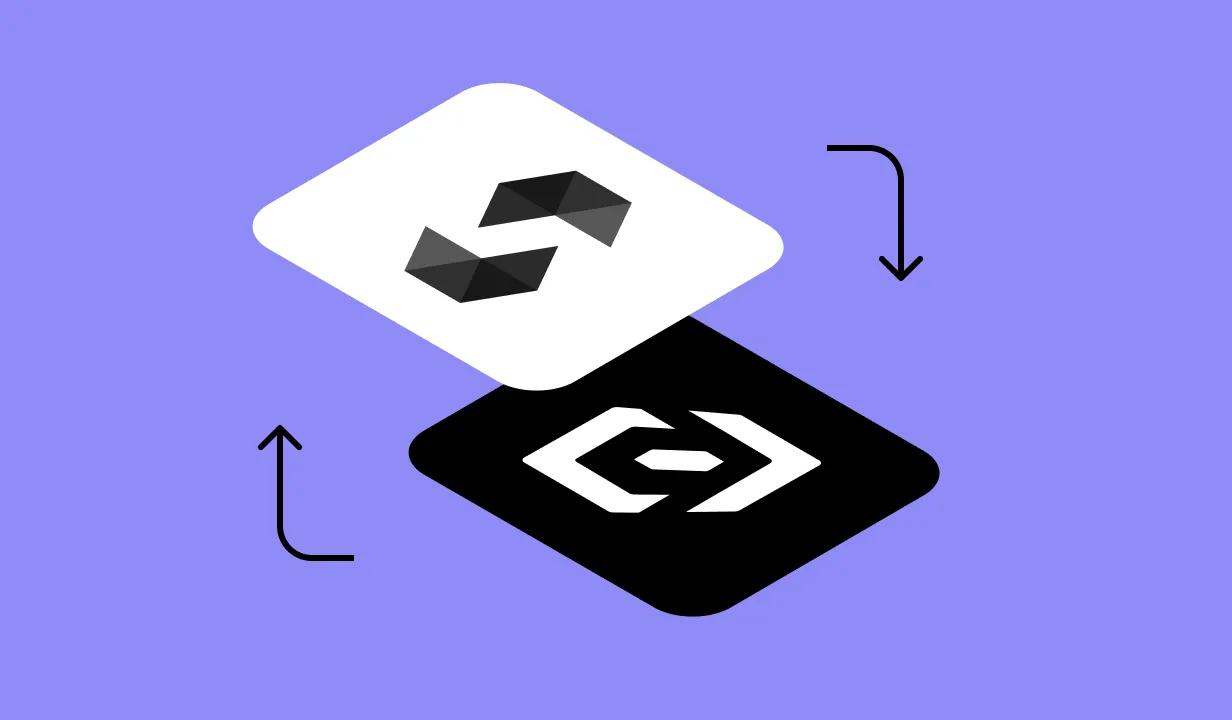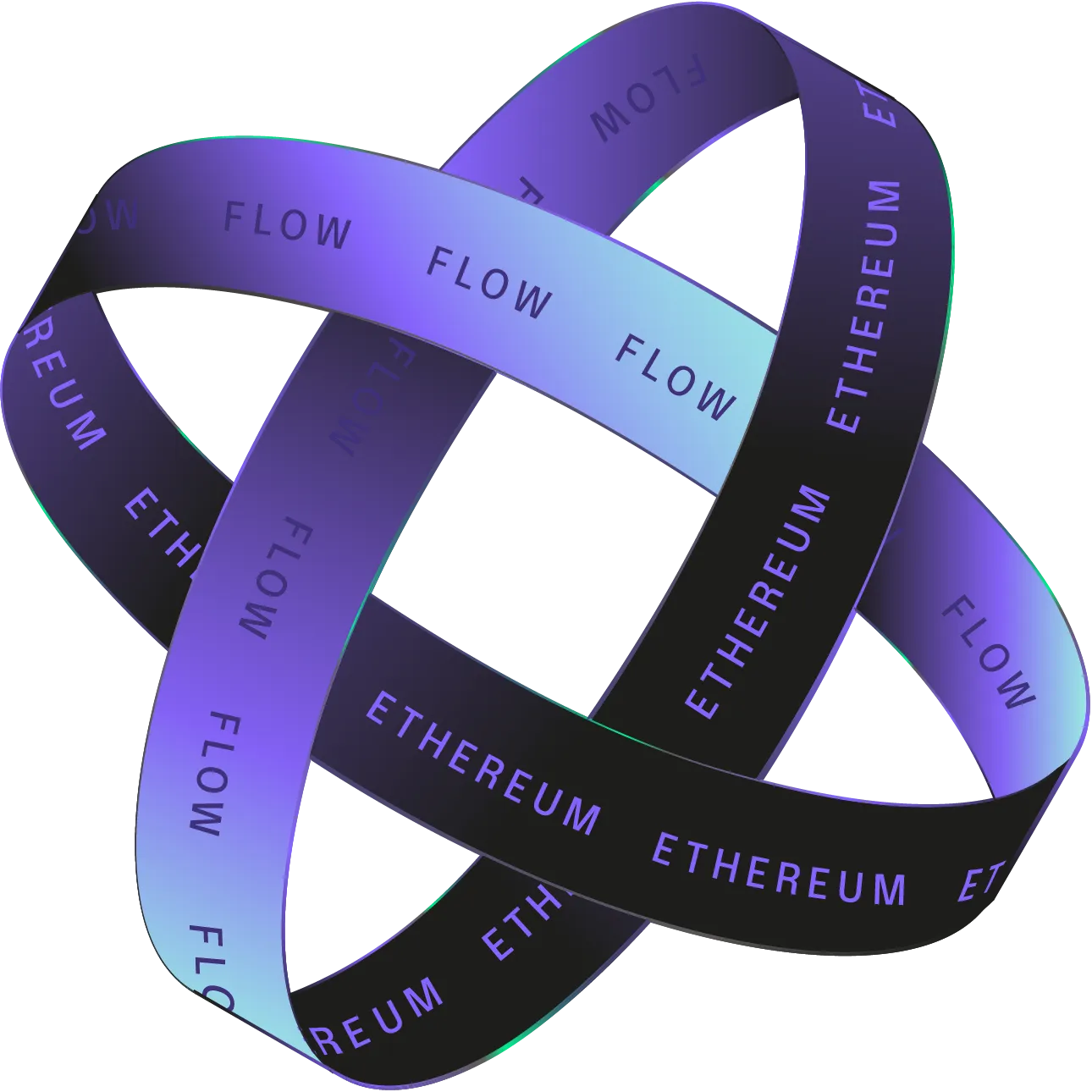Breaking Down Barriers for New Developers to Flow
The EVM on Flow upgrade enables for tools to simply connect and use Flow like any other EVM based network. Empowering developers to use the same tools across networks for their multi-chain projects. Making Flow as easy to onboard as EVM L1 or L2.

Unleash EVM with Flow Native Features
The EVM on Flow upgrade allows EVM applications to tap into the powerful features of Flow and build beyond limitations of Ethereum and the programming limitations of Solidity. Day one of running on Flow, apps will get mainstream scalability without sharding, fast and cost effective transactions and MEV resilience without a code change.

Build Simply
EVM on Flow will allow for developers to easily compose on top of EVM apps with the features and capabilities of Cadence. Allowing for improvements to tooling and smart contracts developed in Solidity for Ethereum and other EVM-compatible networks.
Deploy your solidity contracts onto Flows EVM with no code changes needed, lowering the barrier for entry for tools and platforms on Flow. A game changer for developer and app onboarding in the Flow ecosystem.
Liquidity and DeFi platforms will be able to seamlessly integrate with Flow. With EVM on Flow, building is as easy as any EVM chain (L1, L2's, or L3’s).
EVM equivalence means more than just EVM compatibility. EVM on Flow will feel the same as building on Ethereum Mainnet, but with less limitations.
Easy Flow integration with all your favorite Wallets. With EVM on Flow, wallets like Metamask, Coinbase, or any other EVM compatible wallet can add Flow EVM as simply as adding a new network.

Unlock What is Possible

How it Works
Applications simply update their RPC endpoints to a Gateway and they are running on Flow. The gateway transforms and translates across EVM API and Cadence API for a fully integrated and native ability to run on Flow. To learn more read here.
Is made possible by a smart contract protocol which facilitates arbitrary token interchange between VM environments. By introducing a new EVM account type, which has a programmable proxy on the Cadence side through which interactions with EVM are mediated, comes the ablility to orchestrate and compose EVM transactions within a Cadence one. Learn more with FLIP #237 Flow VM Bridge
EVM has classically had Externally Owned Accounts (EOA) and Smart Contract Accounts (SCA) both of which will work the same on Flow. Cadence Owned Accounts are a new type of EVM Smart Contract Account empowering EVM on Flow to evolve and have accounts benefit from all of Flow’s native account abstraction.
EVM on Flow introduces a whole new environment for users and developers to interact with but gas is paid with Flow token across both. No risk of swap depth and liquidity across, simply use Flow.

EVM on Flow

Mainnet
With Flow’s focus on mainstream applications there is an extreme importance to be fast. With this Flow achieves hard finality in about 20 seconds.
Understanding Transactions Time
Mainnet
With Flow’s focus on mainstream applications, it must be cheap for users and app developers. Flow averages ~$0.000015 for the average transaction. Flow also naively enables ways that developers or wallets can directly pay any transaction costs for a user.
Understanding Flow Fees
Mainnet
Solidity or Cadence: a resource-oriented paradigm, providing an improved security model and enabling increasingly complex smart contract functionality for developers
Mainnet
Ethereum’s proposed evolution parallels Flow’s existing design: Flow’s Execution Nodes are akin to “Rollups,” Collection Nodes resemble “Data Availability Shards,” and Consensus Nodes correlate to the “Beacon Chain.”
Flow has achieved these improvements in production for the last three years - synthetic Flow benchmarks have achieved ~1k TPS leaving a significant amount of available throughput for applications today.
Horizontally scaled tx linearization model
Mainnet
Flow’s current ~700GB of state space is extensible to the petabyte scale and allows contracts to maintain large amounts of data alongside logic at low gas rates. This has added convenience to developers who can forego off-chain metadata integration.
Horizontally scaled data availability
Mainnet
Flow natively provides censorship & MEV resistance which is achieved by designating specific validators for building transaction bundles that are separated from the validators proposing blocks. Learn more.















